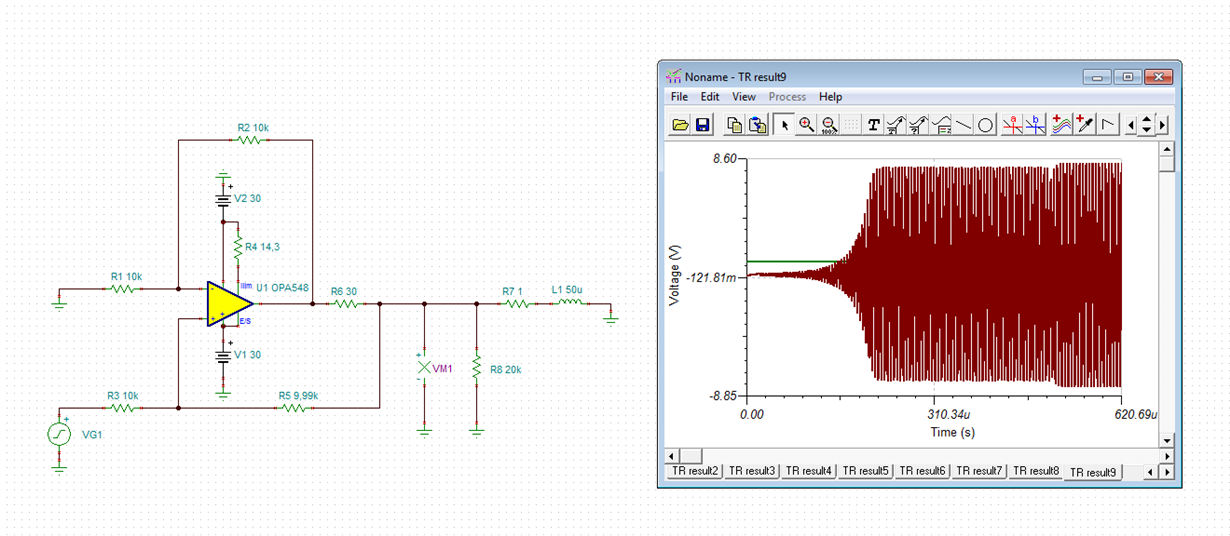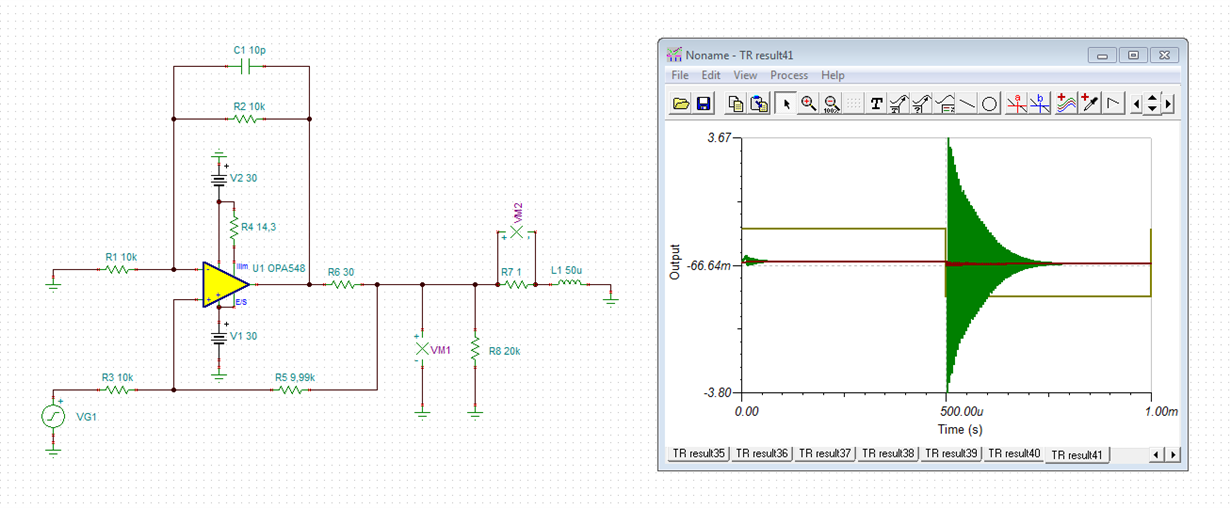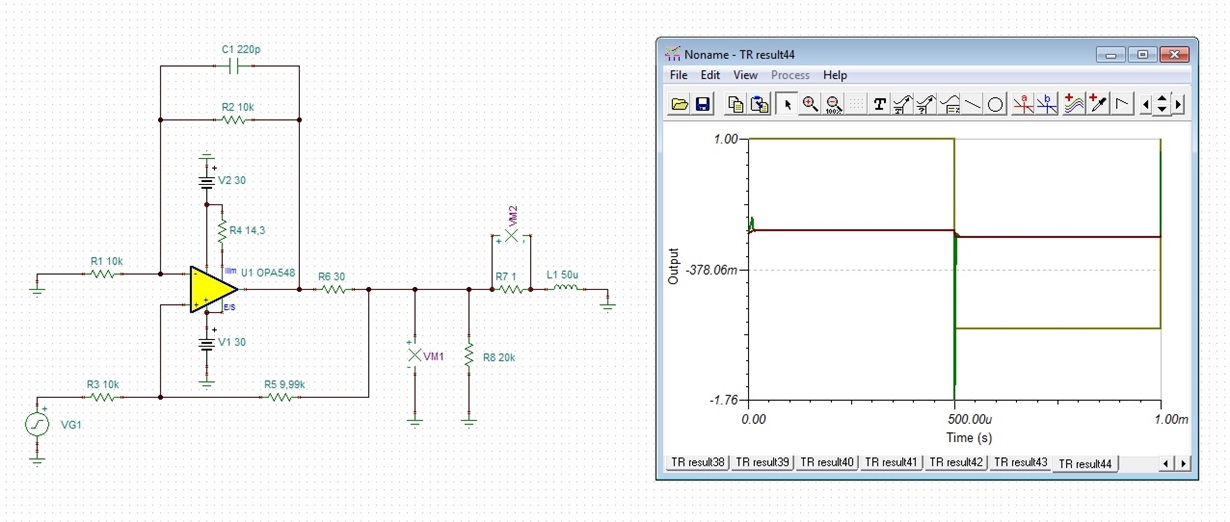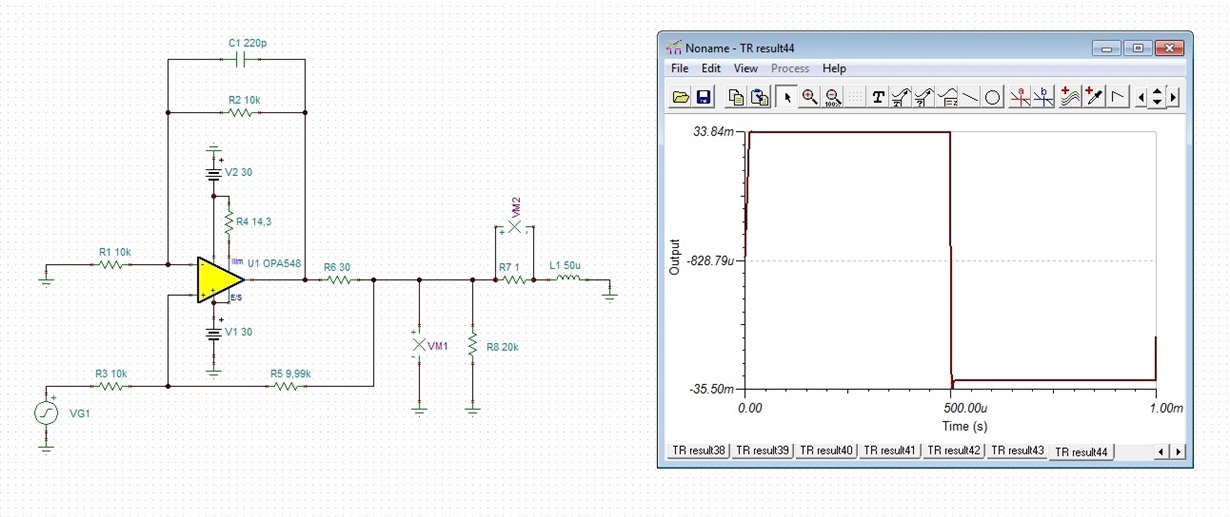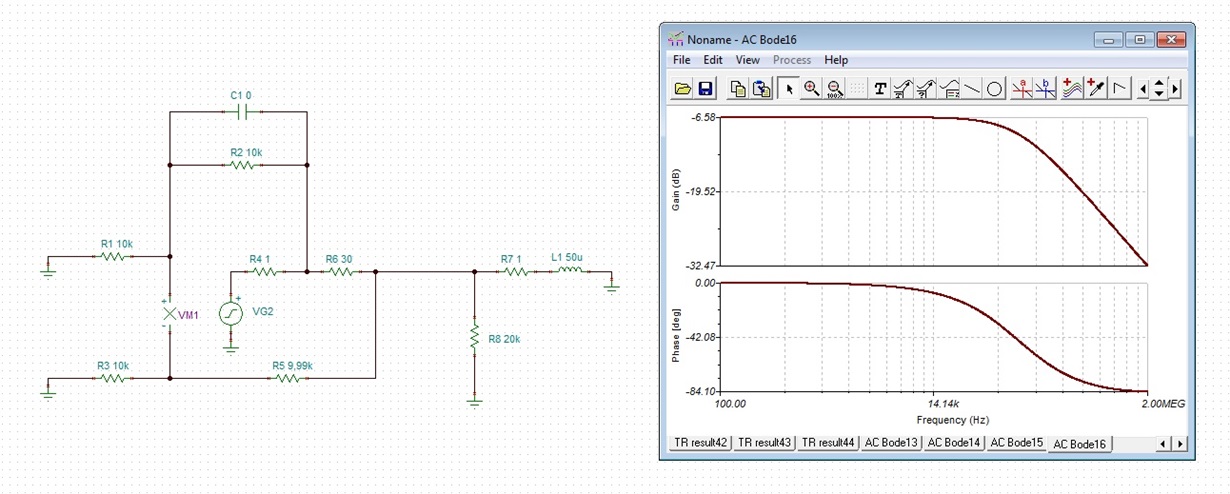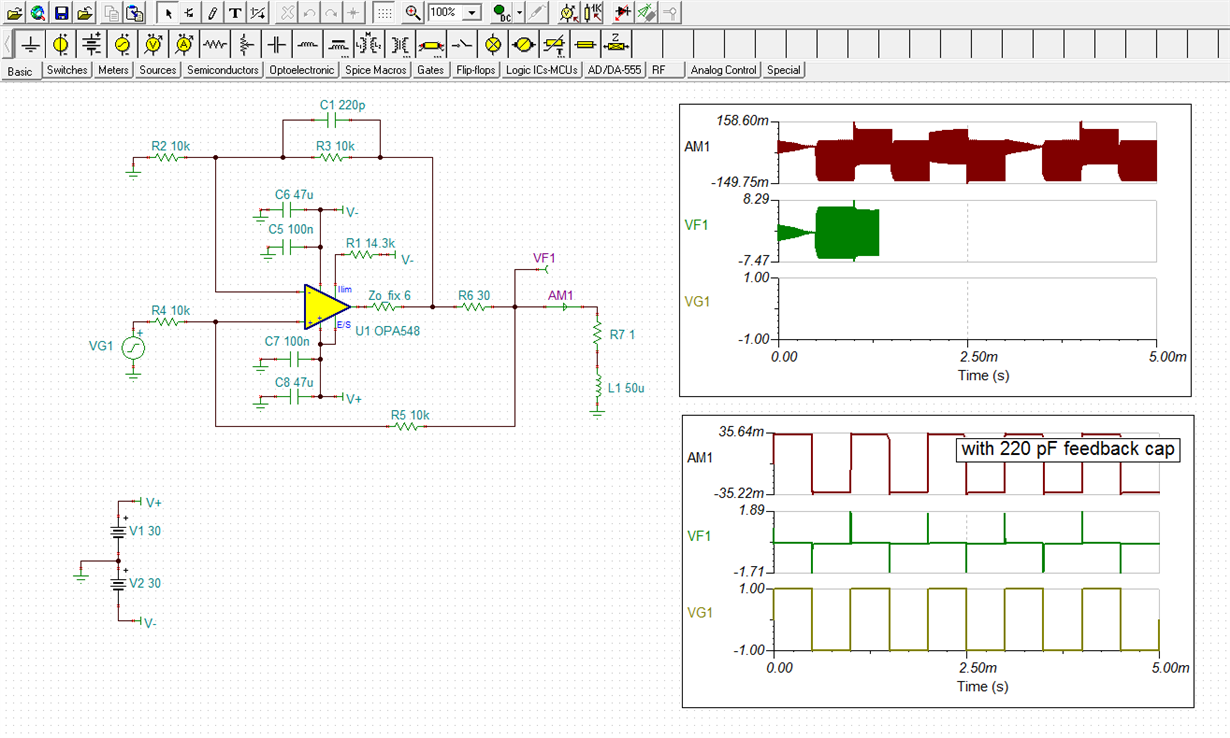Other Parts Discussed in Thread: OPA547, TINA-TI, OPA548, OPA551, OPA548EVM,
Hello,
I am a mechanical engineering student, and I considering using the OPA547/OPA 548 Evaluation Module as a current amplifier, the input will be 1 kHz 1 V low current from a function generator and the output will be 1 amp the exit impedance is around 1 ohm. I have 2 main questions
1. can I use the Improved Howland Current Pump Configuration Setup in order to answer my experiment needs.
2. the user guide has a BOM table, does everything in the BOM table is coming as a part of the package of the module?
thank you
Alex Kolomisky.


